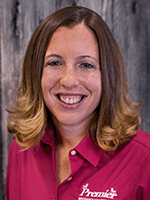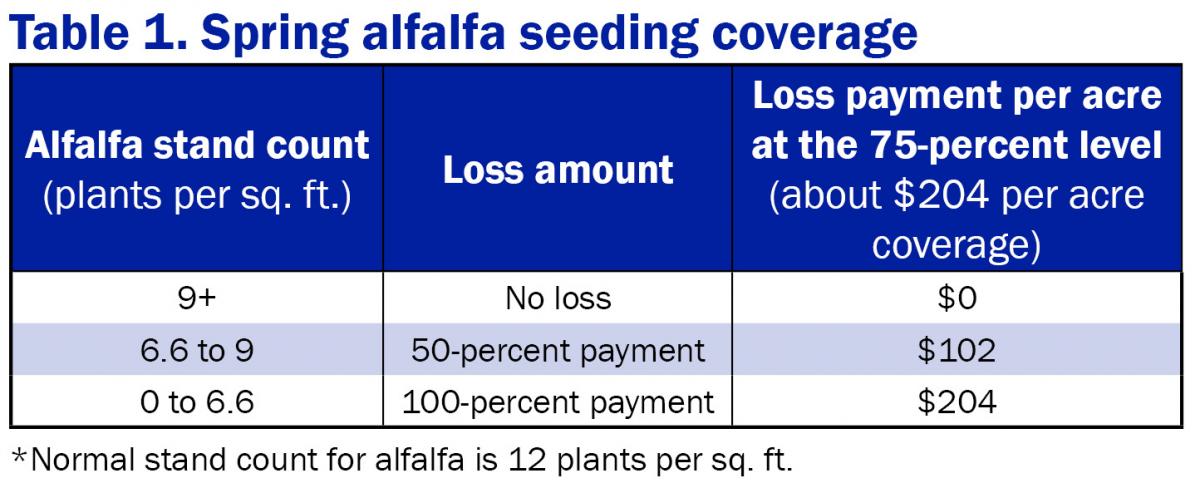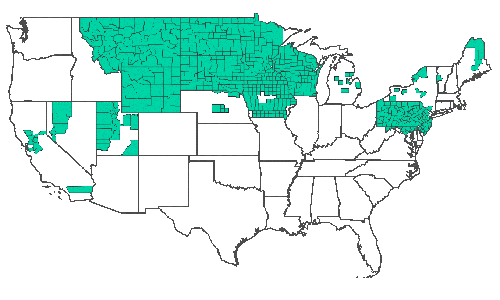
Forage seeding…The hidden gem of federal crop insurance – Jenny Kilpatrick, Premier Insurance Solutions, LLC
 By Jenny Kilpatrick, Premier Insurance Solutions, LLC insurance agent
By Jenny Kilpatrick, Premier Insurance Solutions, LLC insurance agentAs a crop insurance agent in Wisconsin, each year I talk with producers about which crops they want to insure. Corn, soybeans, wheat, oats and established hay are most frequently mentioned, but producers often forget about their valuable forage seeding crop.
What happens if a drought, flood or harsh winter kills the crop? You may have $125 to $300 invested in each planted acre. Not only do you lose the cost to seed those fields, but you also lose out on next year’s potential hay crop.
To protect their forage seeding investment, producers can purchase spring seeding insurance. For a majority of states, the application deadline is March 15 with coverage continuing through the following spring. You need to decide what county you want coverage in and how much you want to spend on coverage. In 2016, the reference maximum dollar amount a person could insure was $273 per planted acre. From there, you decide how much you want to invest based on a percentage of that maximum. For example, if you wanted $200 of coverage per acre, you would have to insure at the 75-percent level with $204 of coverage. When establishing your coverage, consider your seeding costs, including machinery, seed, fertilizer, lime and land rent.
Typically, your seeding needs to be planted by mid- to late May, but this may vary by state and county (i.e. Iowa is April 30). Your coverage continues until the following spring when an adjuster will come to do a stand count. If the producer was insuring alfalfa seeding in Wisconsin, a loss would look like this:

It is to your benefit to have your seeding fields checked each spring. Although you may have a decent stand you want to leave, the stand count could be eight alfalfa plants per square foot. In the example above, you would receive a 50-percent payment of $102 per acre. After the appraisal, you can tear up the field, inter-seed or leave it for harvest. If you want to destroy the field in the fall, you may, however, an approved representative sample strip must be left for spring appraisal. Losses will not be paid until spring when they are paid on an acre-by-acre basis. For example, if you have a 20-acre field and only 5 acres are in poor stand, the loss will be paid on those 5 acres.

Lastly, here are a few fine details to keep in mind with forage seeding coverage:
- A new coverage price comes out each year, so dollar amounts may vary year-to-year.
- No replant coverage is available.
- Organic forage seeding is covered.
- If you plant a nurse crop with your seeding, it must be planted at a 50-percent rate for the seeding to be insurable and you may not insure both crops.
- Any acres planted after the final plant date are uninsurable, but they must still be recorded in your acreage report.
- If you don’t plant anything, you don’t owe anything.
Forage seeding coverage is a great way to protect your investment in your valuable forage crop. Contact your local crop insurance agent to learn more about coverage plans in your area.
| Category: |
Business and economics Forage Foundations |

